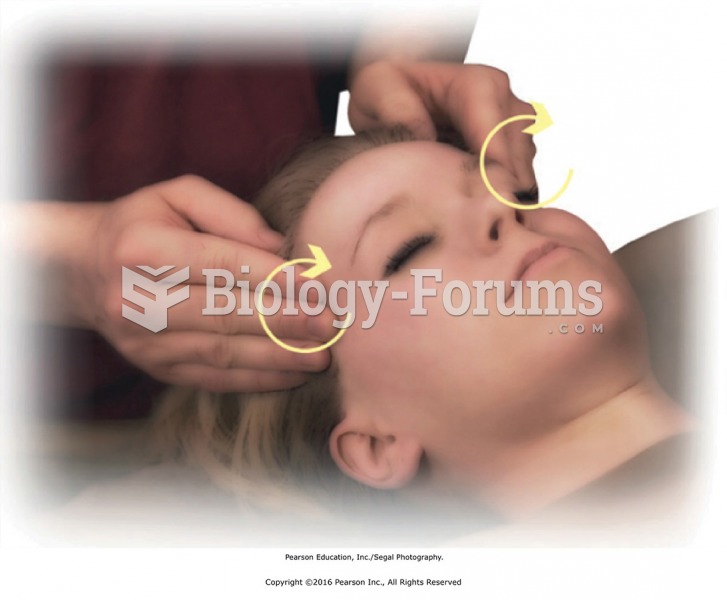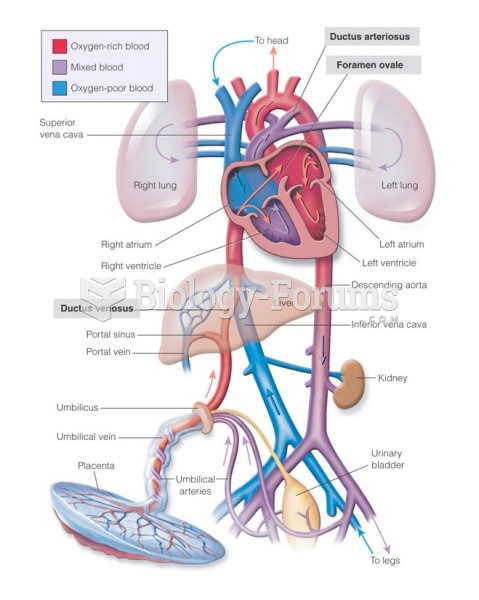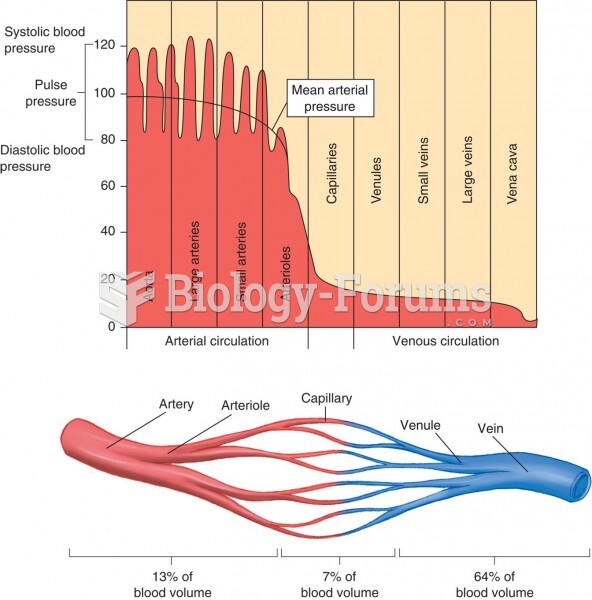|
|
|
The human body produces and destroys 15 million blood cells every second.
More than 150,000 Americans killed by cardiovascular disease are younger than the age of 65 years.
By definition, when a medication is administered intravenously, its bioavailability is 100%.
Barbituric acid, the base material of barbiturates, was first synthesized in 1863 by Adolph von Bayer. His company later went on to synthesize aspirin for the first time, and Bayer aspirin is still a popular brand today.
Most strokes are caused when blood clots move to a blood vessel in the brain and block blood flow to that area. Thrombolytic therapy can be used to dissolve the clot quickly. If given within 3 hours of the first stroke symptoms, this therapy can help limit stroke damage and disability.







